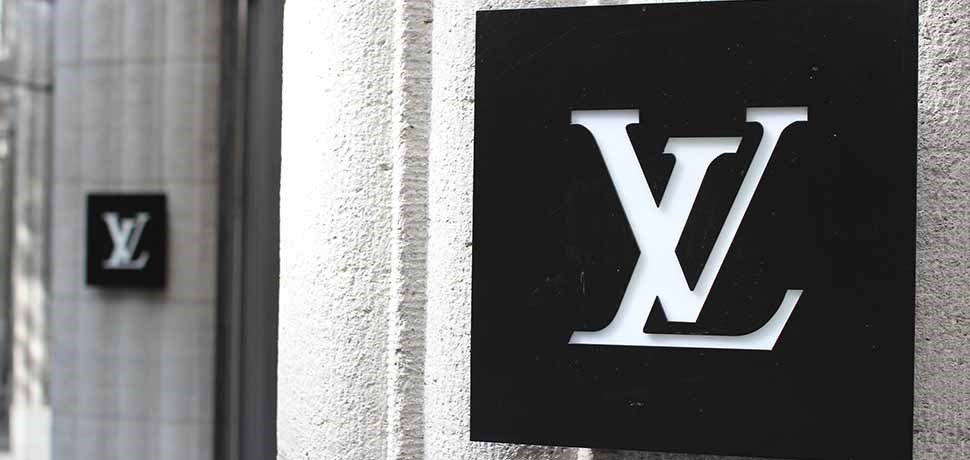
LVMH is the world’s most valuable luxury goods conglomerate. The company manages some of the best-known luxury fashion, jewellery and cosmetics, wines and spirits brands, some of which have endured for decades, or even centuries in several cases. Its brands include names such as Louis Vuitton, Christian Dior, Tag Heuer, Givenchy, Moët et Chandon and Hennessy. The LVMH empire and its success largely owned to the vision and deal‑making skill of its controlling shareholder and CEO, Bernard Arnault.
The group enjoys scale advantages and vertical integration in the supply chain logistics (manufacturing, media & advertising, retail property management, logistics, procurement and administrative functions), but meticulously nurtures brand independence and creativity in order to retain their unique heritage and boutique appeal.
Own manufacturing (with limited outsourcing) has enabled consistently high quality of its manufactured products.
Own distribution channels have facilitated the sense of scarcity, exclusivity and brand premium, and hence, some control over pricing.
Brand and category diversification spanning soft (leather accessories, bags and designer clothing) and hard luxury (jewellery and watches) and including luxury travel and lower ticket to high ticket luxury items, plus balanced geographic diversification.
From a desktop review of brands, it is evident that the driving force behind LVMH is the controlling shareholder, Bernard Arnault’s
amassing of probably the largest collection of heritage or prestige brands, many of which have been in existence for a couple of centuries. This lineage and pedigree add to the perceived luxury, creativity, craftsmanship, prestige…and ultimately, loyalty and price premium of the brands.
The group’s products are biased towards the faster-growing (in recent years) aspirational/accessible, soft luxury segments, albeit increased now with the Tiffany’s transaction (14% of sales on a proforma basis versus 8% previously.
Over 50% of sales are in the key growth markets of Asia and 25% in the US. These are key markets because reports suggest that China accounts for at least 95% of the growth in luxury spend in recent years, both mainland sales and via travel. In the US luxury spending is most closely linked to the stock market performance and wealth effect, which boomed in 2020.
The now consummated acquisition of Tiffany & Co. at a modified price of $131.50 in cash from $135.00 initially probably represents LVMH’s
key medium‑term earnings growth driver.
The key aspect of the acquisition is that it gives LVMH exposure to the bridal and diamond category and elevates the group’s sales contribution from Watches & Jewellery to an estimated 14% from 8% (pro-forma based on FY2019 revenue).
Branded jewellery penetration into the largely generic jewellery market is providing the category with a growth tailwind.
While the merger has only a marginal impact on LVMH’s geographic revenue mix, Tiffany’s some 43% of sales in the US consolidated LVMH’s exposure to US luxury, which is benefitting from the stock market‑driven wealth effect in the US.
Another medium‑term potential driver is the fact that the Dior brand has risen sales to become the sixth luxury ‘mega’ brand (sales >€6bn), initiating a virtuous cycle of investment, driving further sales growth and de‑risking the profit concentration risk of Vuitton – estimated to account for almost 50% of LVMH’s profit.
LVMH’s forward price-earnings ratio (FPE) is rich! Currently it is trading off its peak, but still at a 20‑year high of 32.5x compared to the 20‑year average of 18.9x. The last time it traded at such a premium above its mean was in 2000-2001 during the heady run-up to the turbulent internet bubble peak and the September 11 terror attacks; it had also substantially reduced balance sheet gearing then. While its luxury peers also appear to be at elevated valuations, LVMH’s price action since the announcement of the successful closing of the Tiffany’s transaction in November 2020 (>30% at its peak in January 2021), suggests that a further upside return is likely to be muted in the short to medium term.
Elevated net debt to total equity of around 47% following a €9.3 billion bond issue to fund the €15.8 billion Tiffany’s acquisition in 2020.
The ongoing impact of the Covid-19 pandemic on certain of LVMH’s operations and the heightened forecast risk in terms of volatility and timing as a result of the disruptions to international travel and normal trading patterns, and additional costs from COVID-19, both during the pandemic and possible changes in consumer behaviour thereafter.